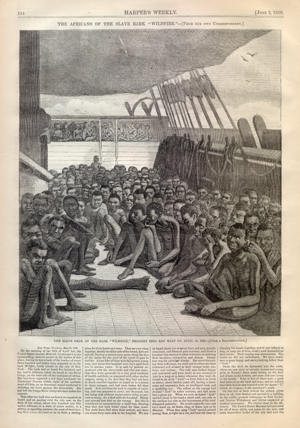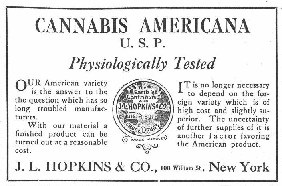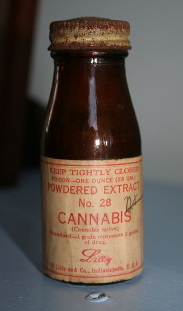muddy waters
Active member
thanks sam, actually these slaves that i'm referring to were homo sapiens, complete with a highly-developed telencephalon and an opposable thumb, probably capable of differentiating the seed of thc-containing and non-thc-containing hemp flowers, and planting only the former.
where exactly is your bridge though, depending on the location i might be able to put you in contact with my good nigerian friend who is very excited to buy it, and i will take only a modest 15% commission. ok?
where exactly is your bridge though, depending on the location i might be able to put you in contact with my good nigerian friend who is very excited to buy it, and i will take only a modest 15% commission. ok?

 )
)




